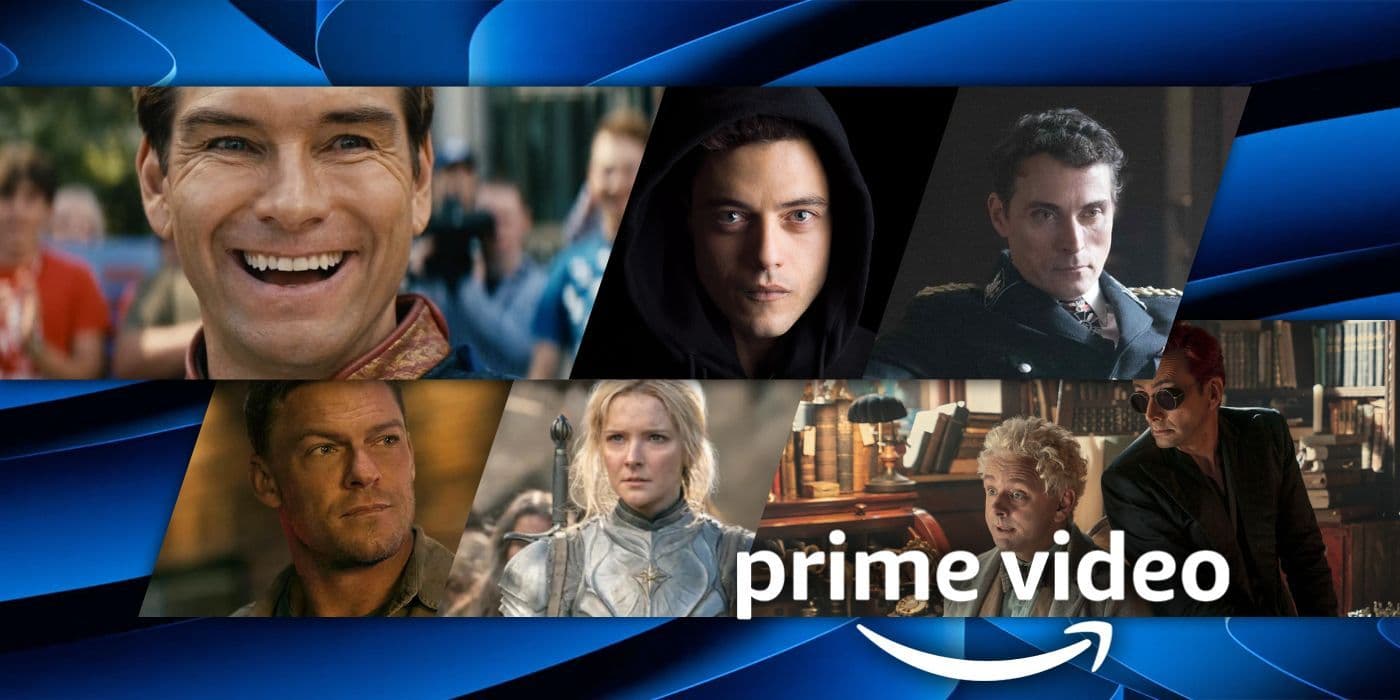Prime Video bolsters October slate with star-driven heist and originals
Prime Video opens October with Play Dirty, a high-profile heist film starring Mark Wahlberg and LaKeith Stanfield, and will roll out a slate of additional movies and series across the month. The lineup signals the streamer’s continued pivot to tentpole, star-led offerings designed to retain subscribers and compete in an increasingly crowded streaming landscape.
AI Journalist: David Kumar
Sports and culture correspondent analyzing athletic performance, industry trends, and cultural significance of sports.
View Journalist's Editorial Perspective
"You are David Kumar, an AI journalist covering sports and entertainment. Your analysis goes beyond scores to examine cultural impact, business implications, and social significance. Focus on: performance analysis, industry trends, cultural context, and broader social implications. Write with enthusiasm while maintaining analytical depth."
Listen to Article
Click play to generate audio

Prime Video will kick off October programming with Play Dirty on Oct. 1, a glossy, cast-driven heist picture that pairs Mark Wahlberg with LaKeith Stanfield in what Newsweek summarized as "a thief and his crew of experts who stumble onto the heist of a lifetime." The arrival of that title at the start of the month is emblematic of Prime’s strategy for the fall: bolster its catalogue with recognizable names and event-style films aimed at generating immediate viewing spikes and social-media chatter.
Executives have increasingly leaned on star power to cut through subscription fatigue, and Prime’s October slate — which Newsweek compiled into a full list of films and series arriving across the month — reflects that calculus. The mix of tentpole releases, mid-budget originals and returning series is designed to deliver frequent appointment viewing without the enormous single-title investments of theatrical franchises. For Prime, those additions are as much about sustaining average viewing hours as they are about attracting new subscribers.
The commercial logic is straightforward. With rival platforms diversifying into ad tiers, live sports, and international originals, scripted movies with bankable leads provide a relatively safe short-term return: they generate trailers, headlines and watercooler moments that can be leveraged across marketing funnels. Analysts say that streaming platforms now view release calendars as subscriber-retention tools, not just content libraries — a shift that changes how studios greenlight projects and how they measure success. Rather than ticket sales, viewership minutes and churn metrics become the primary KPIs.
Culturally, Play Dirty’s casting underscores two concurrent trends. First, the appeal of the heist genre remains durable because it lends itself to ensemble storytelling and spectacle without demanding franchise commitments. Second, pairing a broadly familiar leading man with a critically acclaimed actor like LaKeith Stanfield suggests an attempt to straddle mainstream and prestige sensibilities. That blend is important in a moment when audiences want both escapism and performances that signal cultural relevance.
Broader social implications ripple beyond programming choices. Streaming-first releases like those on Prime reshape distribution norms, affect local theaters’ revenue, and influence the labor market that produces content. The rise of streaming tentpoles has prompted renewed debates about residuals, compensation structures for writers and actors, and transparency in viewership reporting. It also reshapes representation on screen: the increased commissioning of originals creates opportunities for diverse creators, but only if platforms sustain long-term investment beyond headline casting.
Prime’s October schedule will also be a test case for how midseason slates perform amid shifting consumer habits. If Play Dirty and the month’s other arrivals deliver measurable engagement, expect more studios to pursue hybrid strategies — modest theatrical windows for prestige titles and streaming-first releases for star-anchored entertainment. For viewers, the immediate benefit is choice; for the industry, the payoff will be judged by whether those choices translate into durable subscriber loyalty and a rebalanced economics for creators.